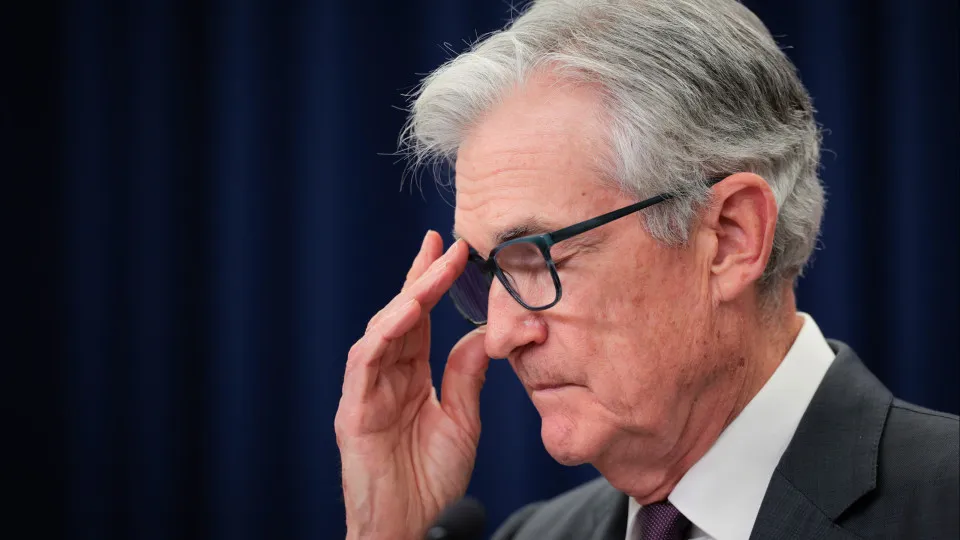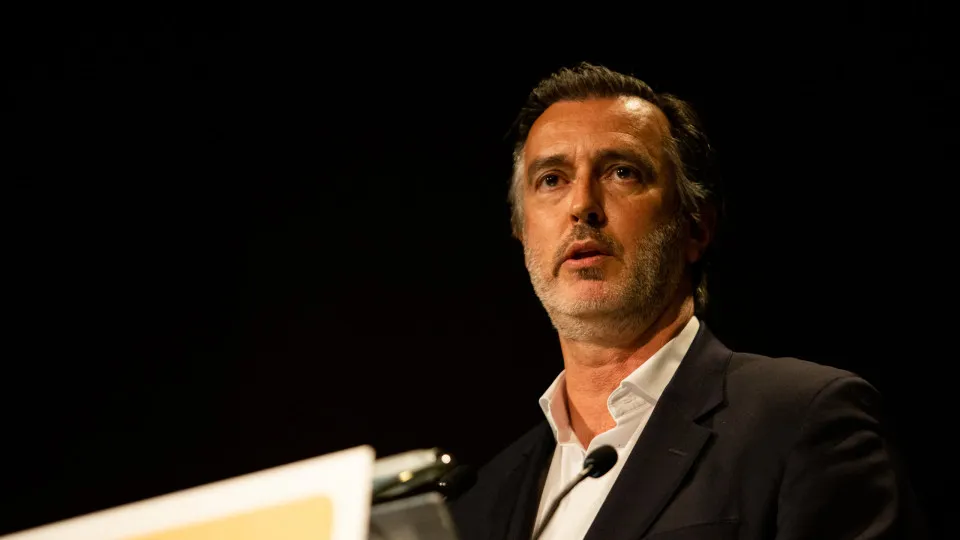
“During our meeting, participants expressed very different opinions on how to proceed in December. A new cut in reference rates at the December meeting is by no means guaranteed,” said Powell during a press conference.
Although inflation in the U.S. remains stable at around 3%, given the current slowdown in employment in the country, most analysts and markets had already anticipated another similar cut in the benchmark interest rate at the meeting scheduled for December.
At this moment, “there is tension between our goals (2% inflation and full employment),” Powell stated.
The Fed is approaching the “dead point, whatever that means. There is a growing chorus of people who believe that we may have to wait for a cycle,” he suggested.
He also stated that the U.S. government shutdown “will impact economic activity, but this impact should be offset as soon as the shutdown ends.”
Powell’s words caused disruption on Wall Street, where the three main indices, after posting average gains of about 0.5% throughout today’s session, suddenly fell into negative territory, with the Dow Jones Industrial Average and the Nasdaq temporarily losing about 200 points each.
This second rate cut decided today—the first of the year, also 0.25 points, occurred in September—placed the Fed’s benchmark rates in a range between 3.75% and 4%.
The decision was not unanimous. Two of the twelve members of the Federal Open Market Committee (FOMC) voted against the measure, but for different reasons, the Federal Reserve’s statement indicates.
Stephen I. Miran, a member of the Federal Reserve Board of Governors, advocated for a larger rate cut of half a percentage point, while Jeffrey R. Schmid, President of the Federal Reserve Bank of Kansas City, opposed any rate reduction.




